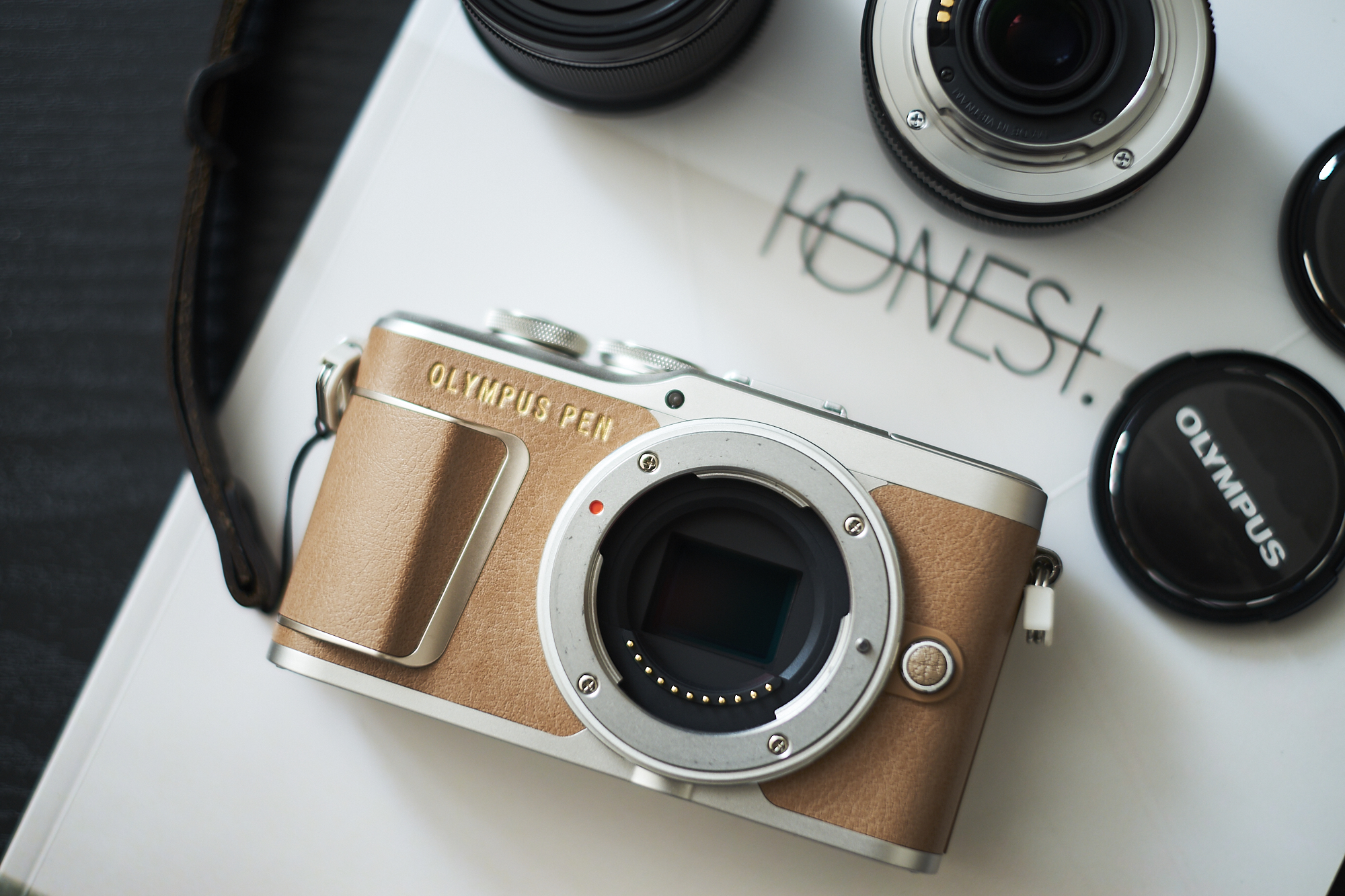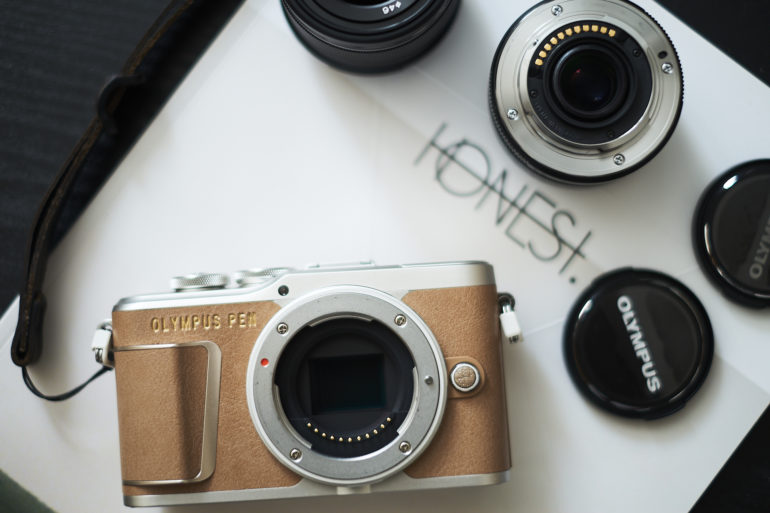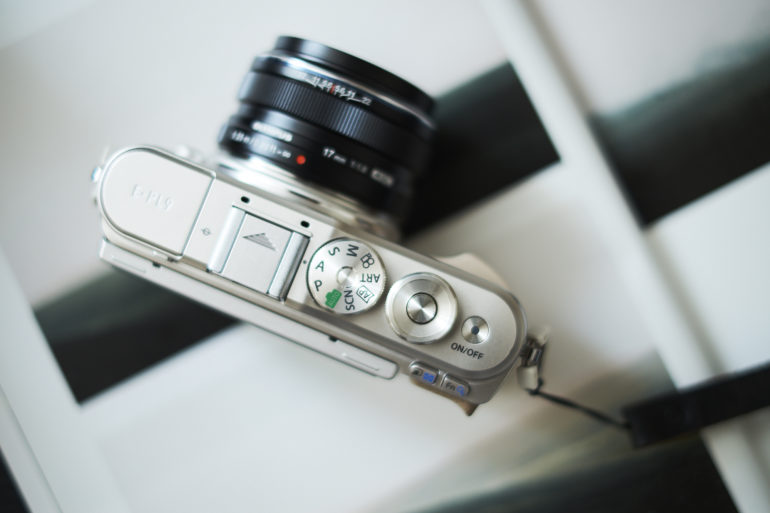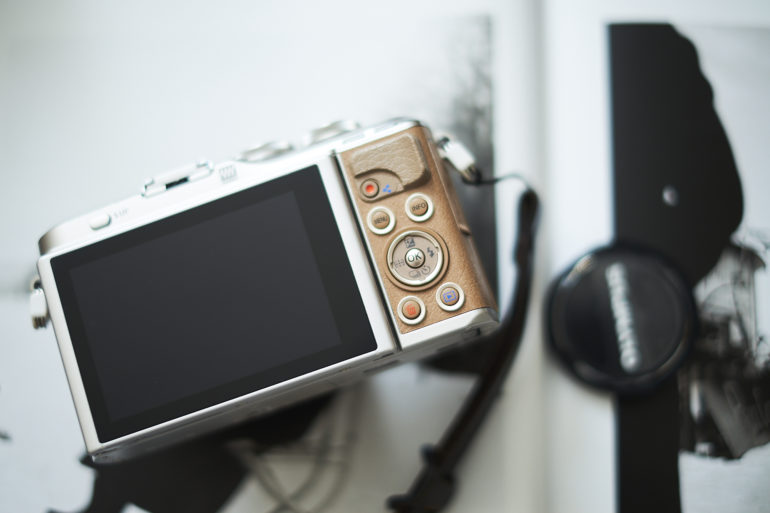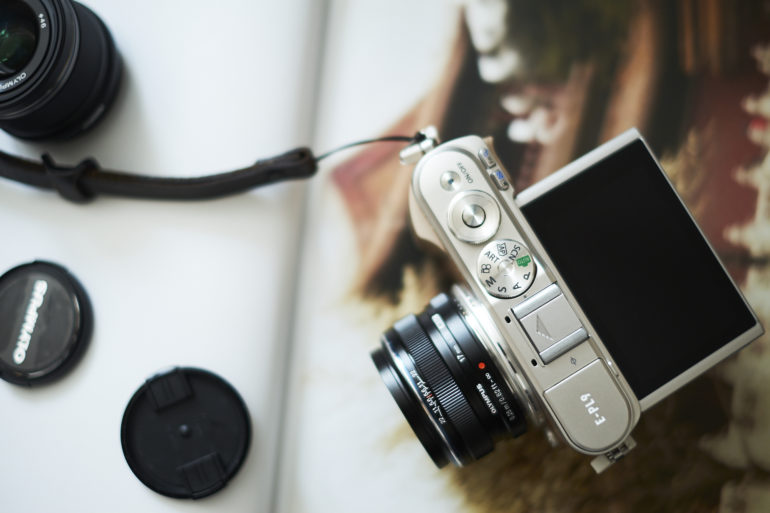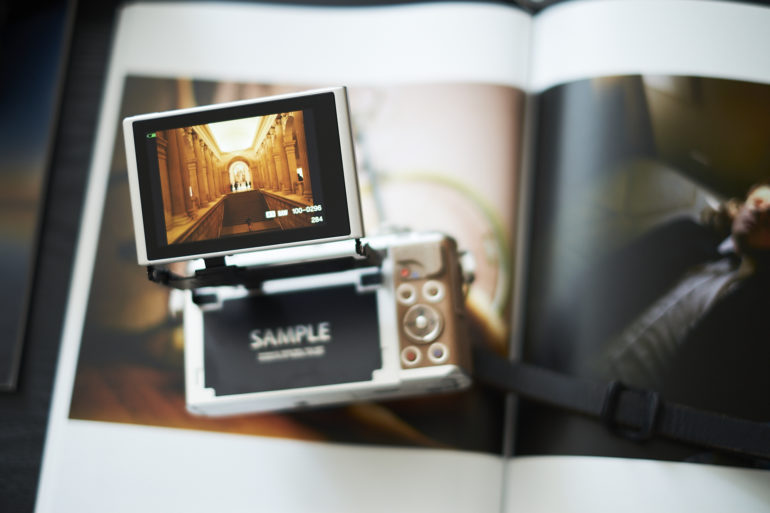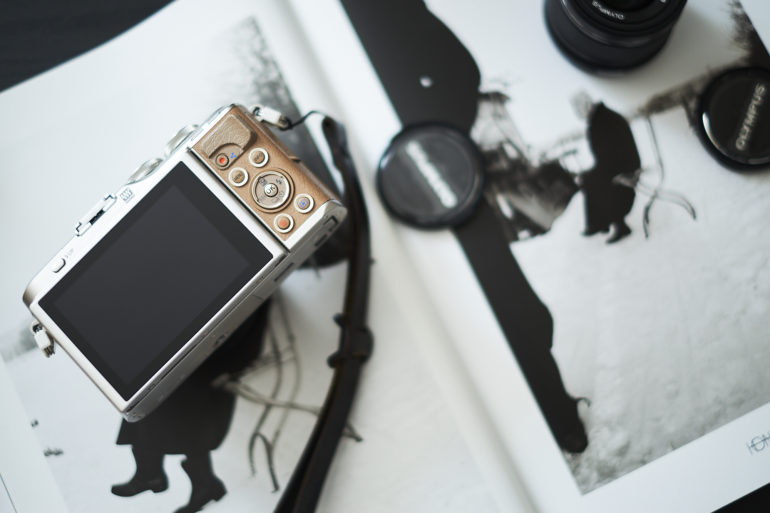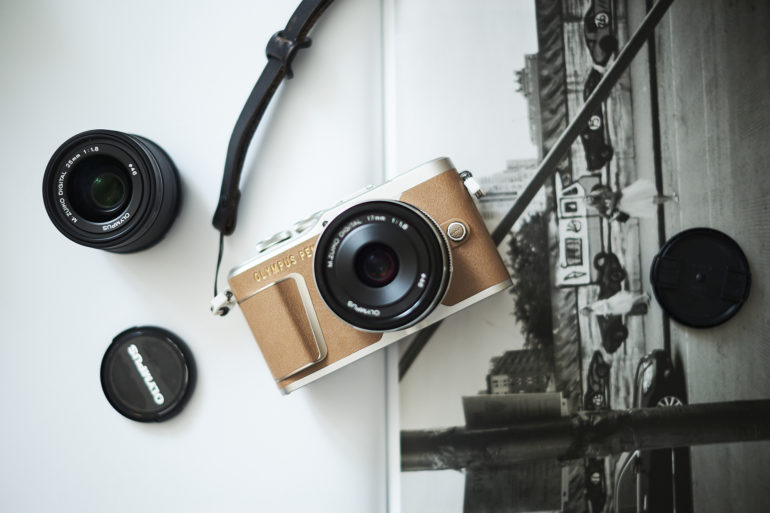Last Updated on 04/12/2020 by Mark Beckenbach
The Olympus EPL9 should not be taken seriously, but it should inspire you in a different way.
When the Olympus EPL9 was announced, I jokingly said to myself that I’d do the entire review taking nothing else but selfies to mock my generation and because much of our initial briefing on the camera was about that. But what I didn’t expect was to fall back in love with the way Olympus does things. You’re most likely saying, “But it’s Micro Four Thirds!” Indeed, I only own Fujifilm and Sony cameras these days due to the way I shoot and for my demands for editing and all. But I’ve always had a genuine appreciation for Olympus though not always a fluid understanding of how they market. Much of their appeal is to those who live in the country. As a city boy who occasionally travels to the land of the Trump voters, I initially thought the Olympus Pen F would have been the camera for me. Indeed, I still thoroughly enjoy that camera, and the Olympus EPL9 makes me believe this camera to be the younger, smaller, not-as-advanced-but-more-stylish little sibling of the Pen F.
But let me return to that criticism: “But it’s Micro Four Thirds!” I’ve even heard it from a number of other journalists and colleagues. Photography, first and foremost, isn’t necessarily all about the megapixels and the tech. Sometimes it’s about the aesthetics–and the Art Filters, especially the new Instant Film simulation in the Olympus EPL9 just make things fun. You can shoot a RAW image and tweak it however you’d like with a load of versatility in Capture One. But you can also just enjoy the JPEG filtered image for what it is.
No one has to know your dirty little secret; quite frankly, it’s none of their damned business.
Pros and Cons
Pros
- The instant film simulation isn’t exacting, but it’s still cool to play with
- Small
- Nice feel in the hand
- Fast autofocus in most situations, though with varying accuracy
- Colors can really pop when editing in Capture One
Cons
- It deserves a viewfinder
- Olympus should have bundled a nice wrist strap with the camera
Gear Used
The Olympus EPL9 was used with the Voigtlander 17.5mm f0.95, 17mm f1.8, and 25mm f1.8 lenses.
Tech Specs
Specs taken from our original news post
- 16MP M 4/3 Sensor
- TruePic VIII Processor
- ISO Range of 200-6400 (25600 with expanded ISO)
- 3 axis stabilization
- ‘Sweep Panorama’ feature
- 4k video
- Bluetooth
- Touch Screen LCD
- Built-In Flash
Ergonomics
The Olympus EPL9 is a fairly stylish camera that looks like something that already has a half case on it. But it doesn’t. There’s a brown leatherette on the front, the small grip and the lens release button. Of course, there is also the mount.
The top of the Olympus EPL9 is characterized by the dials, the hot shoe, the pop-up flash, the shutter button and the on/off button. It’s laid out very smoothly and in an easy to understand manner.
Turn to the back of the Olympus EPL9 and what you’ll find are a number of other controls. Besides the large LCD screen there are buttons for different menus, controls and all. There is also a recording button for video and a little bit of a grip for your thumb. This camera really needs an EVF though.
The screen is one of those tilty and extra tilty ones. It means you can use it sort of looking down as if you were peering into ground glass.
The screen will flip out and then flip out yet again if you wish. Not really selfie style but it will work for sure.
Build Quality
The Olympus EPL9 is built pretty solid, even if it’s still plastic and with a faux leatherette on the front face. I typically adore the look of brown leather on cameras but in this case I wish it were darker as a contrast to the metal grey on the body. This camera doesn’t feel cheap at all but more standard in terms of the build. It’s better than a Canon Rebel but not as well built as something like a Nikon D500. There isn’t any weather sealing built in either.
What you’ll really want to consider though is the screen. It flips out and then can be flipped out again from the frame it’s in. I couldn’t figure out how to use it for selfies; personally I feel it’s better off that way lest the camera breaks.
Ease of Use
Using the Olympus EPL9 honestly isn’t that difficult if you commit to either an Art Filter mode or one of the more automatic modes like Aperture Priority. Once you want to have a bit more selection though you’ll sit there fiddling with button after button and then turning the dial to crank in the settings you wish to have. For that, this camera deserved at least another dial. Olympus’s menu system also requires you to take some time to navigate through and understand how it works if you’re coming from a different camera system. You’ll eventually get it if you take your time, but when you’re in a bind and in a real life situation where you want something right now, scrolling through setting after setting is exhausting. Once you know how to navigate using the touch interface, you’ll have less to worry about.
Autofocus
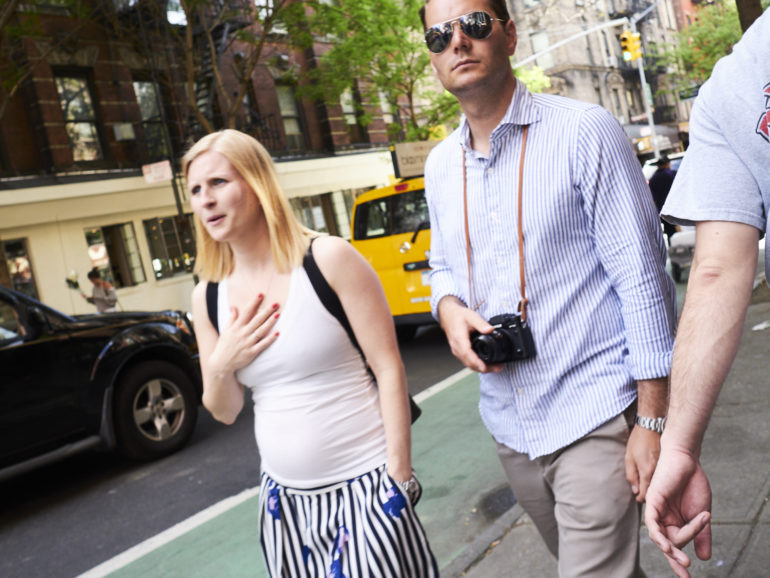
The Olympus EPL9 has fast and accurate autofocus for the most part when it comes to stagnant subjects like portraits, buildings, food, landscapes, etc. It’s when you start to work with subjects that are moving that it becomes tough to use. Street photography? Nah, I’d leave this camera at home.
Metering

Luckily, the Olympus EPL9 meters in accordance with Sunny 16 and the way that most digital cameras work–with a bit of underexposing. The light meter on the camera will tell you to underexpose by around 1/3rd of a stop. But to get the most from the sensor, I recommend underexposing maybe around 1 or 1 and a half stops: you can then recover more details from the highlights when editing.
Image Quality

With the Olympus EPL9, I was very shocked. I’ve seen image quality from other Four Thirds sensor cameras just break up. But in this case, it was very solid when editing in Capture One. The colors are great, you’ll need to underexpose to get the most from the highlights though that can then change the way colors are seen, and the Art filters are just simply really fun to use.
JPEG Output
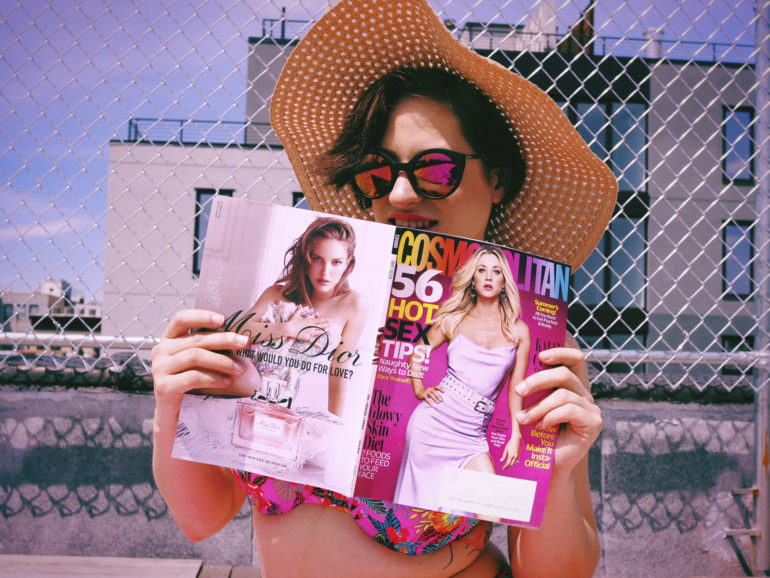
The standard JPEGs from the Olympus EPL9 are lacking in some way or another. So to get the most from them, what you need to do is use the Art filters. Once you do this you’ll get better results. The new Instant Film simulation is fun and, while it doesn’t really simulate the Polaroid or Instax experience, it gives off a pretty nice look of expired Fujifilm 100-C film. As always, the grainy black and white filter is also fantastic.
If you’re going to shoot JPEG, this is the only way to do it as far as I’m concerned.
RAW File Versatility
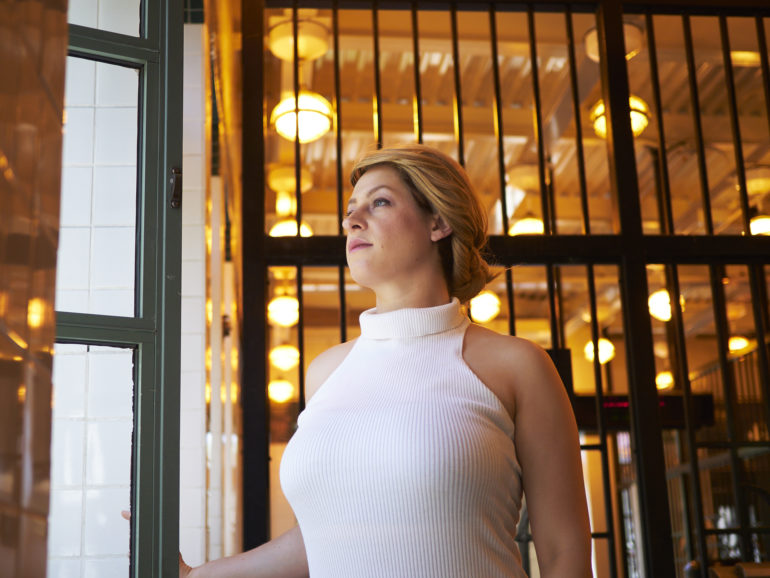
The Olympus EPL9’s RAW files are a bit odd to me. To get the most from the exposure in terms of dynamic latitude, you’ll need to underexpose and push the shadows while adjusting the highlights. At this point, you’re not guaranteed to get the best colors. When you expose according to what the meter tells you to do though, you’ll get colors that work just swimmingly in Capture One Pro 11. I often recommend editing files by working with the colors first. It tends to help you get much better pictures with a lot more saturated pop.
In my opinion, the sensor from the Olympus EPL9 has really incredible color versatility. That’s more its strongest suit than anything else. To that end, you should probably consider shooting the camera sort of like you would expose slide film. Canon’s latest sensors are very similar.
High ISO Output

The high ISO output from the Olympus EPL9 isn’t awful at all. At ISO 6400 I still got incredibly clean images that I’d be more than happy to use online. When it comes to making prints though, I’m not so sure that I’d want a 17×22 print on glossy or luster paper at the higher ISO settings. But if you’re applying the Art filters, then go for it. In fact, I encourage it.
For what it’s worth, Fujifilm, Sony and Nikon still do a better job in the ILC world. But Canon’s APS-C sensors at ISO 6400 can render more noise–which is quite a feat for Olympus. Panasonic renders around the same amount of noise.
Extra Image Samples
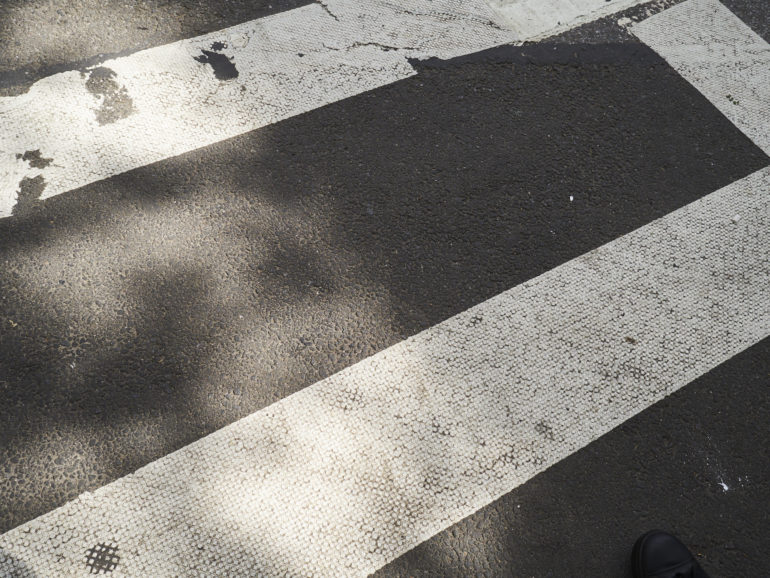
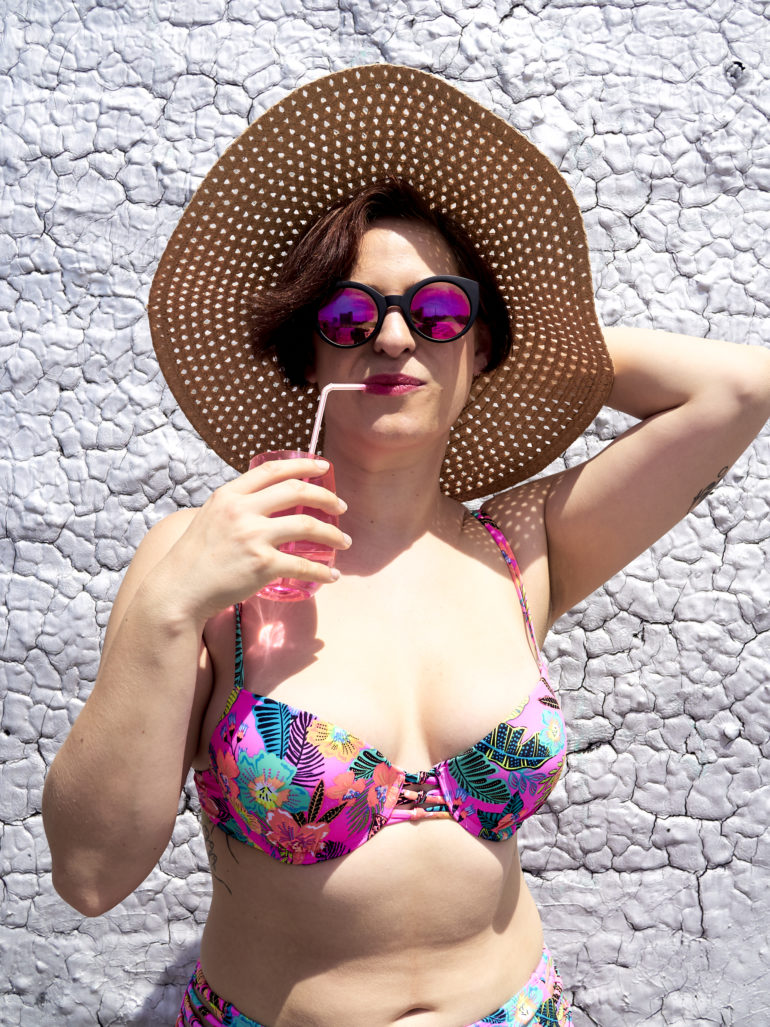
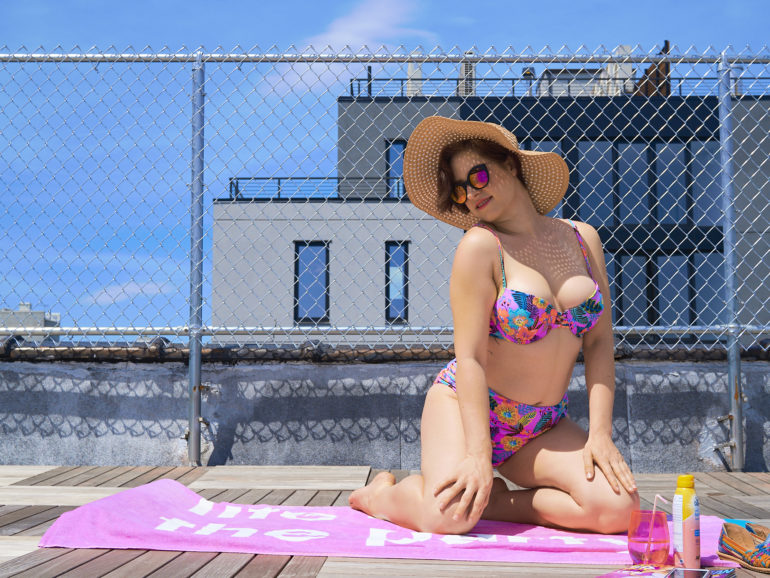
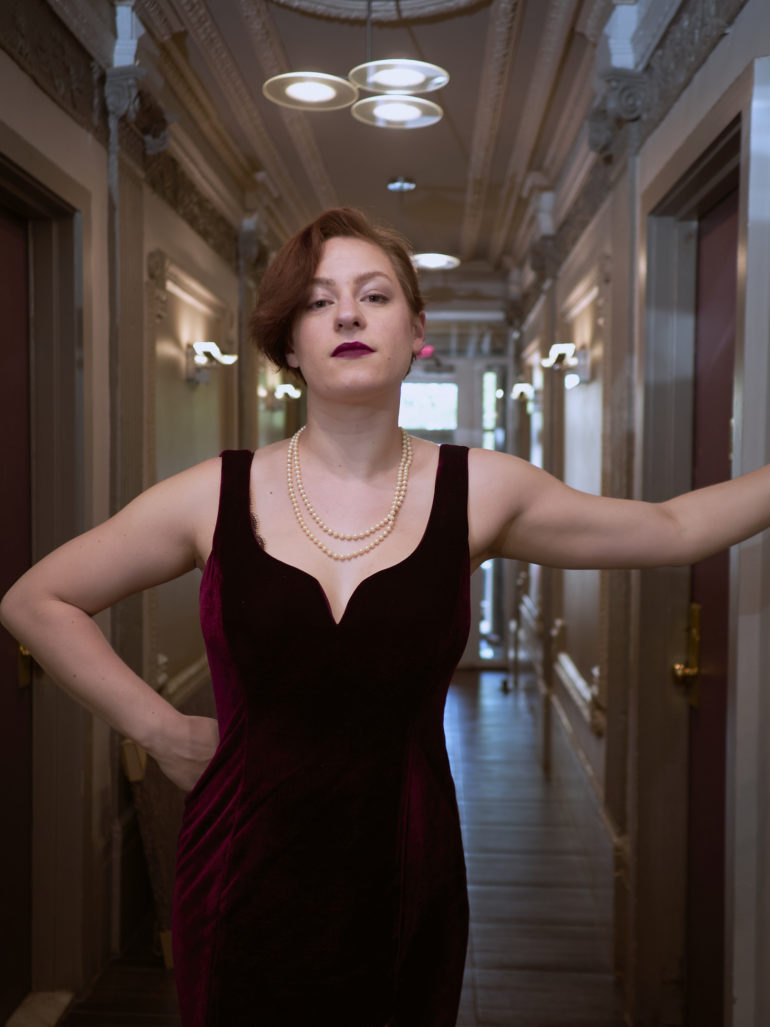
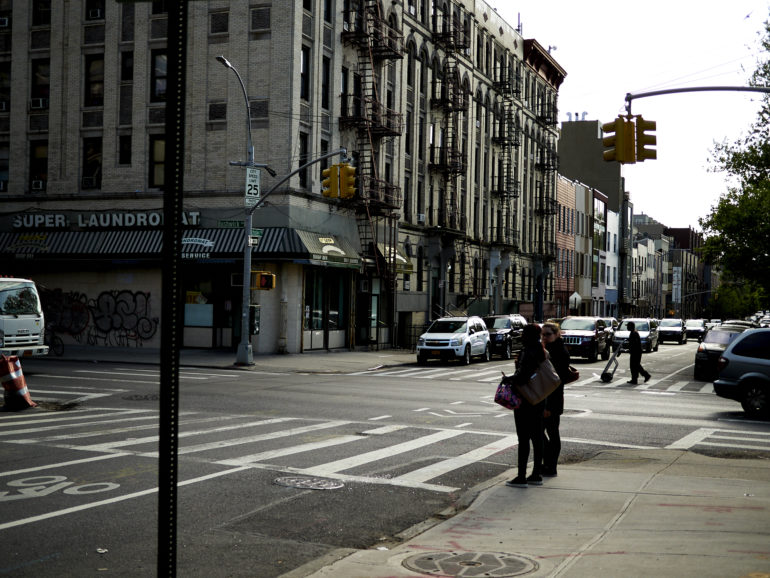
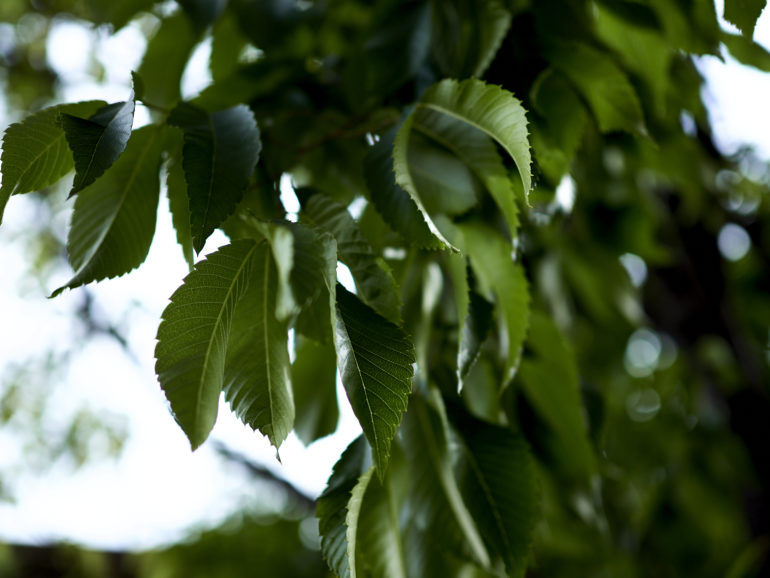
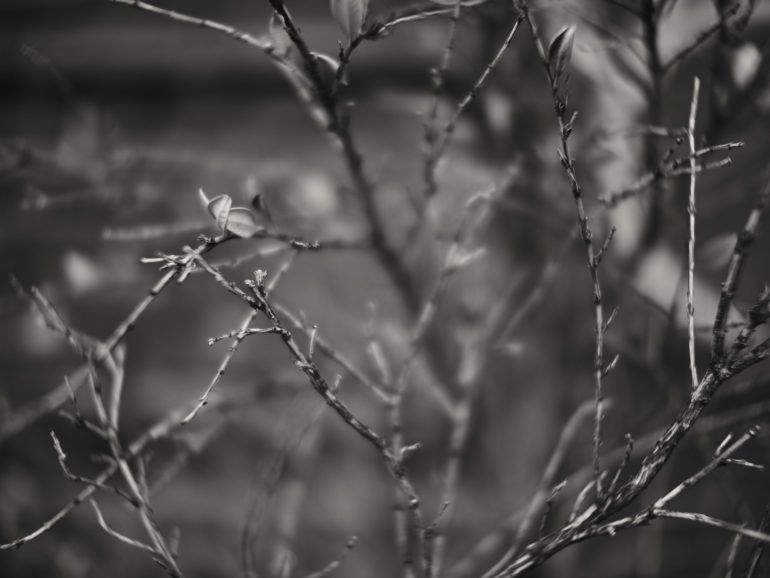
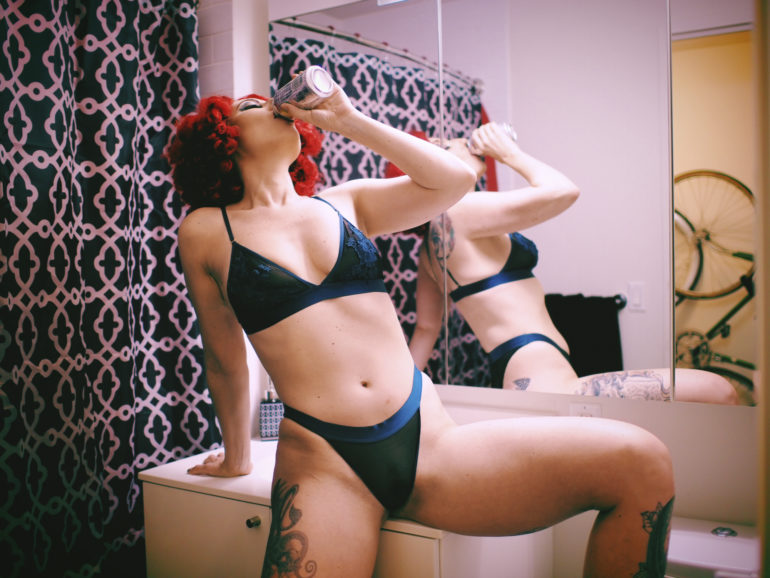
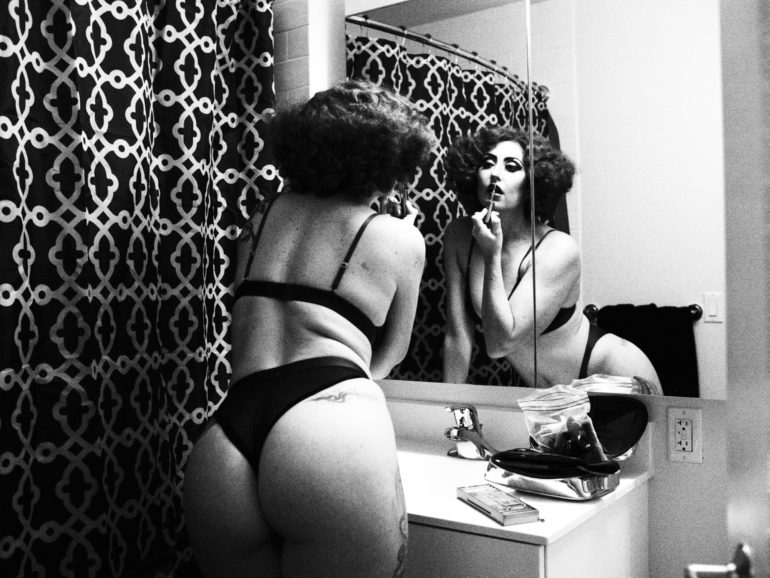
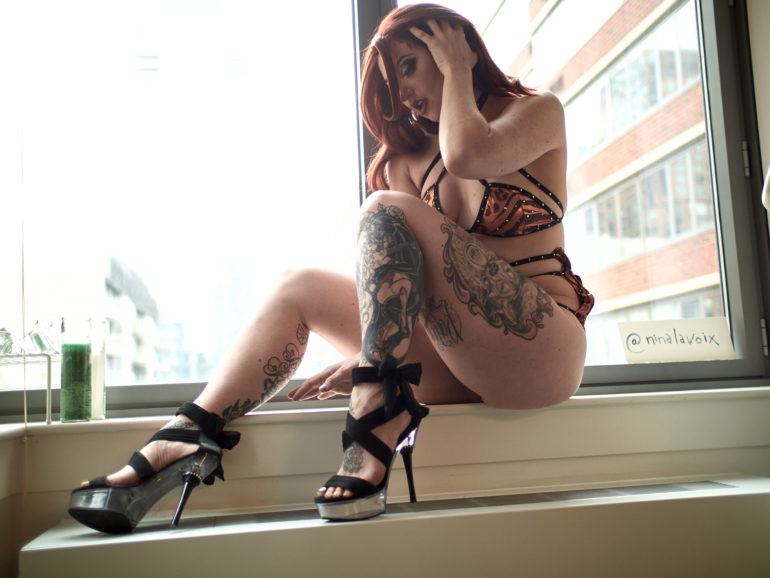





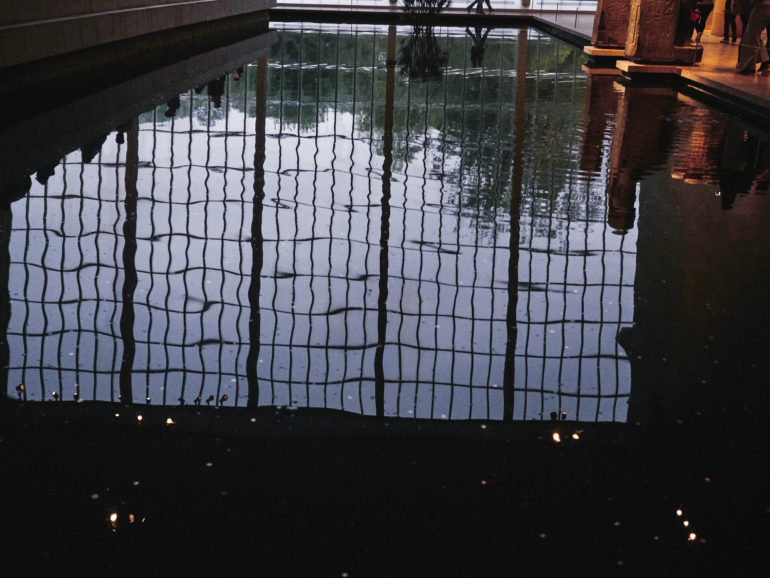
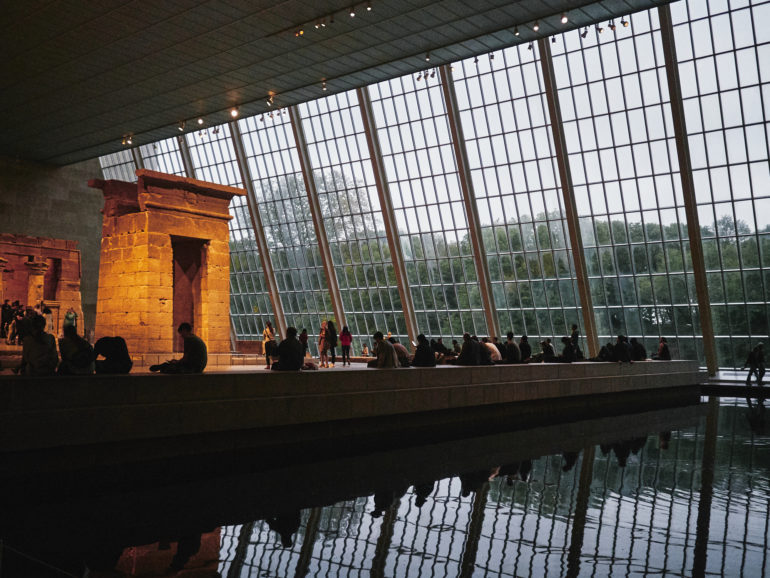
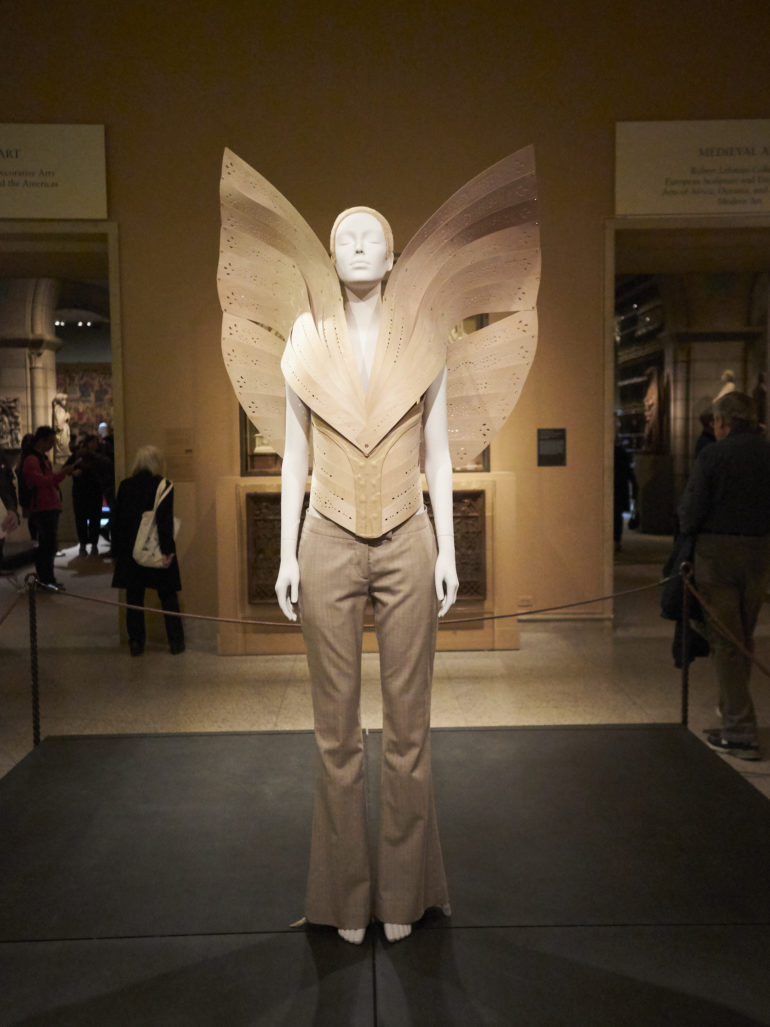
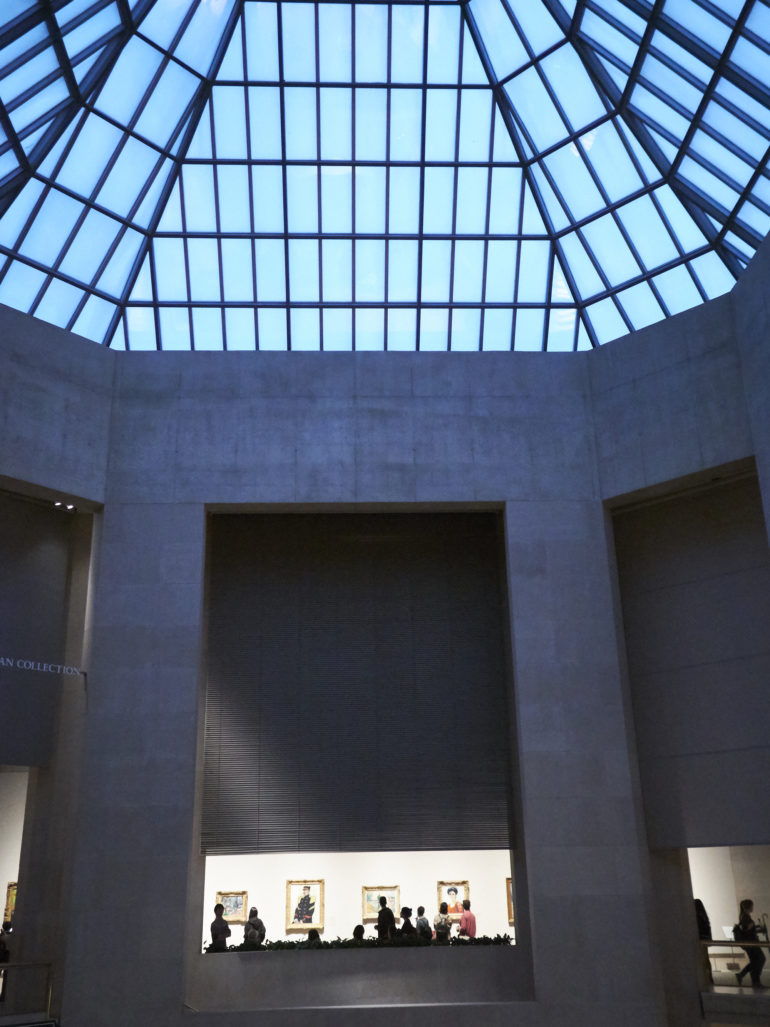
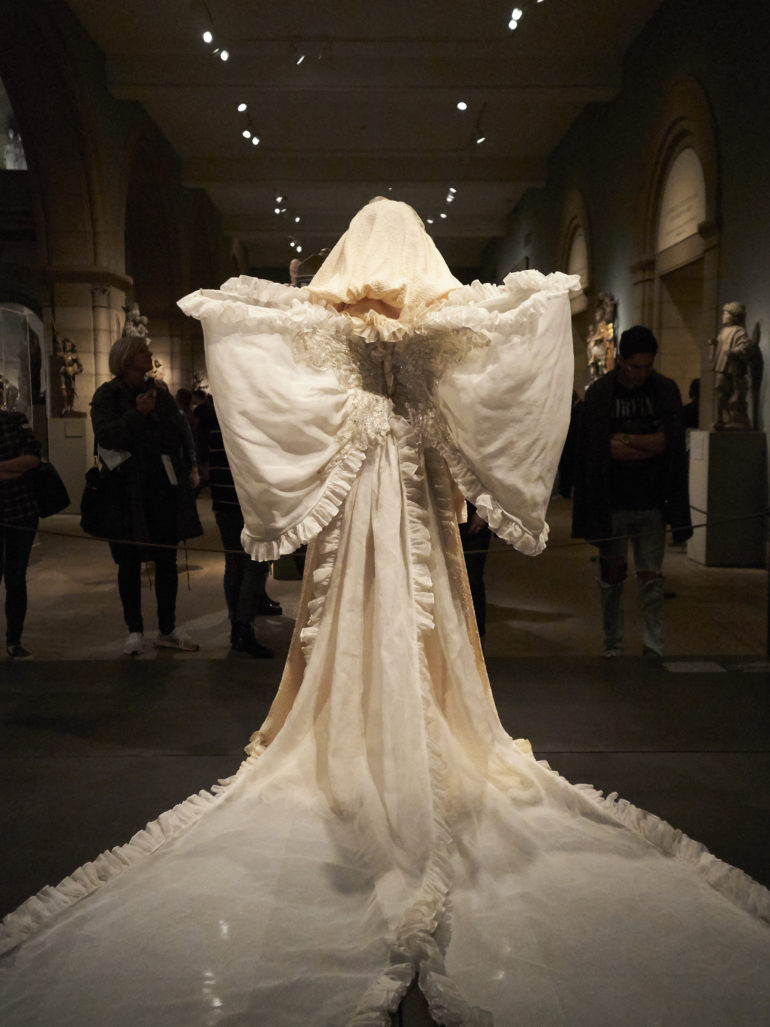
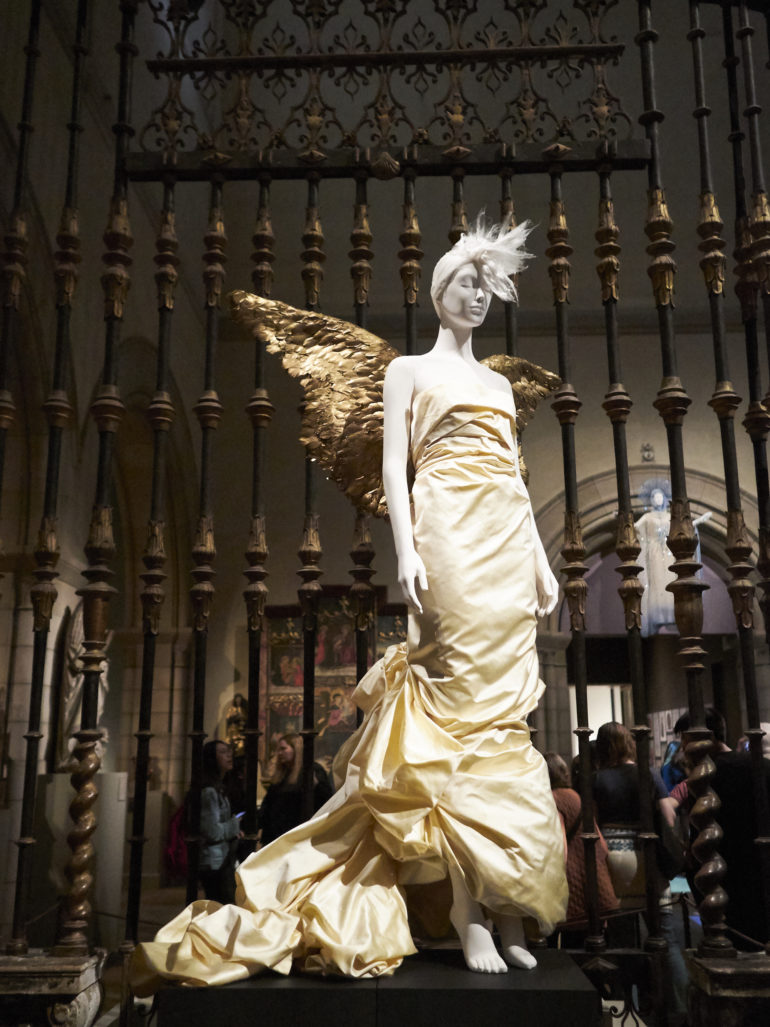
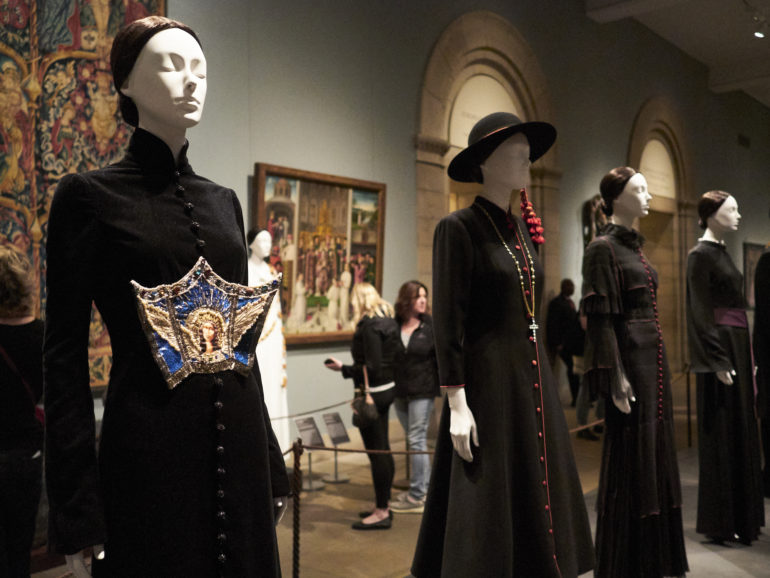



Conclusions
Likes
- Build quality
- Size
- Filters
- Relibability
- Feel in the hand
- Image Quality
Dislikes
- I wish it had a viewfinder.
The Olympus EPL9 is a fine camera for the consumer or the hobbyist. It’s packed filled with lots of features, and is small, lightweight and looks good. But at the same time, it’s more of a jack of all trades and master of none.
- It has good image quality, but could be better.
- It has good build quality, but could be better
- It’s stylish, but could be prettier.
- The autofocus is good but could be better.
This camera doesn’t really stand out from the pack of already solid products out there. But for the price point, it’s not too terrible. However, I think Olympus could have packed even more into the EPL9 as most folks who tend to talk about and buy cameras seem to go for the higher-end products. If anything, it’s a fantastic fashion accessory.
The Olympus EPL9 receives four out of five stars.


